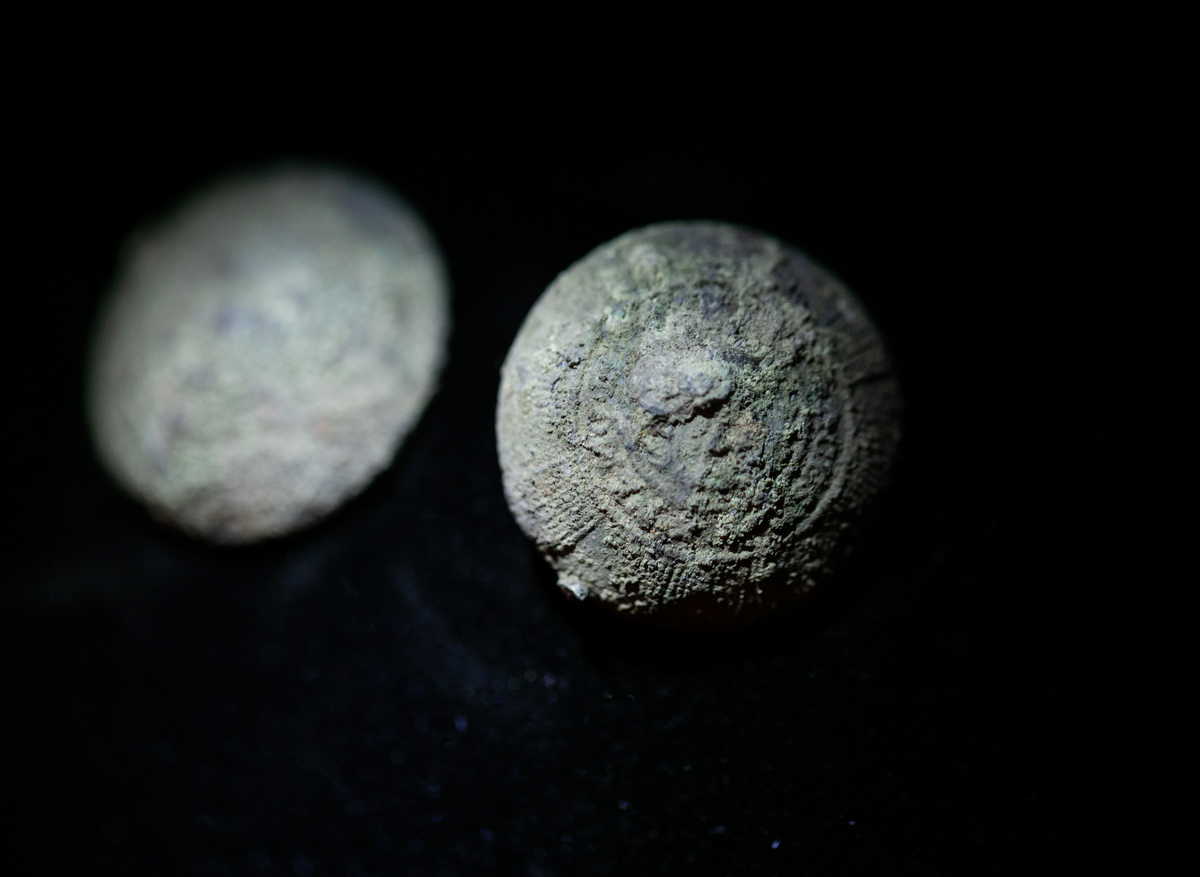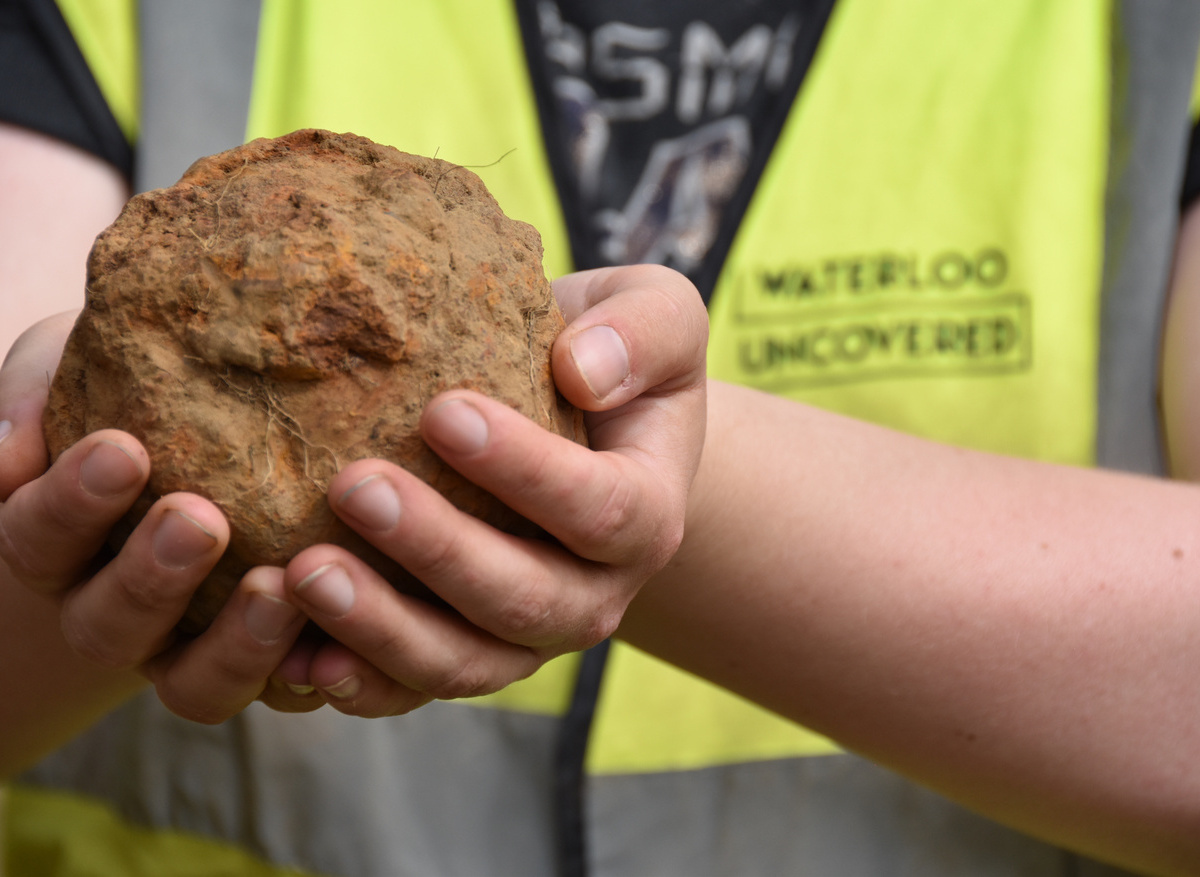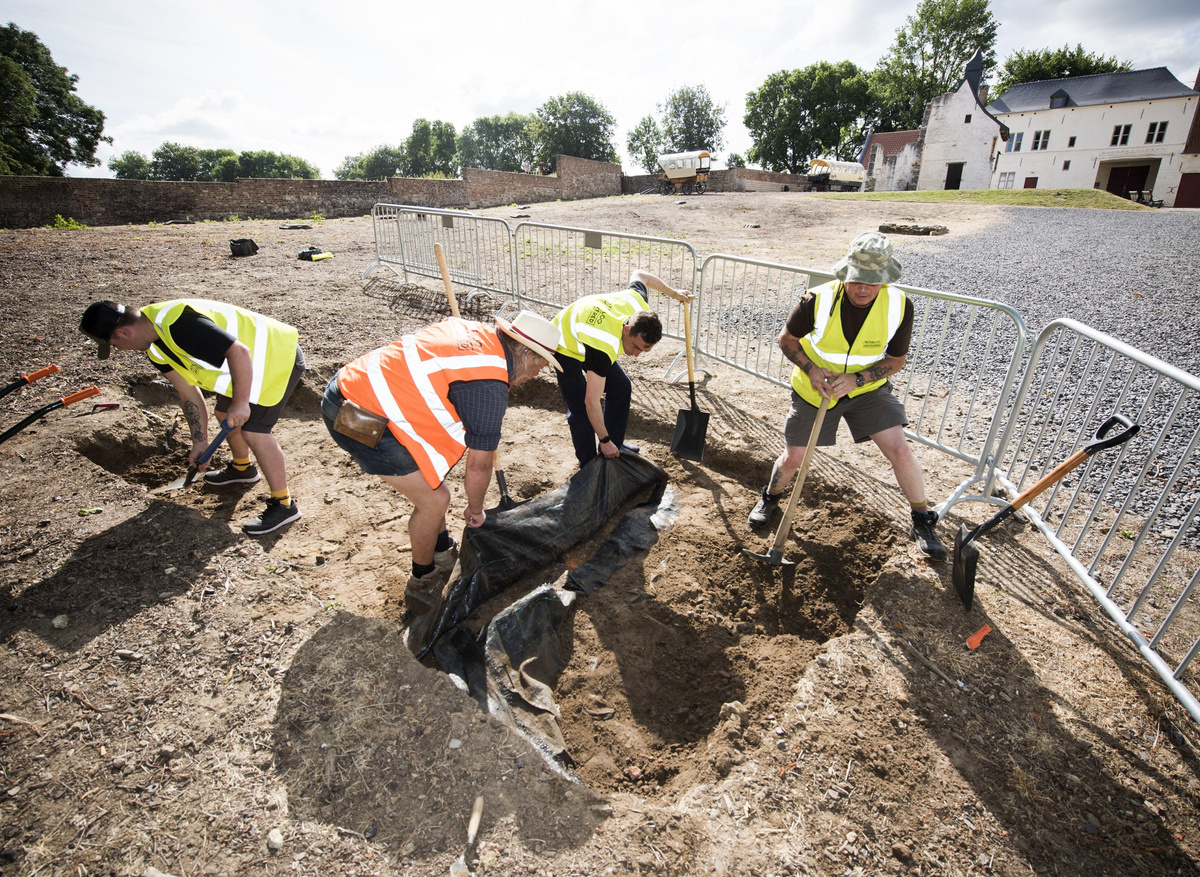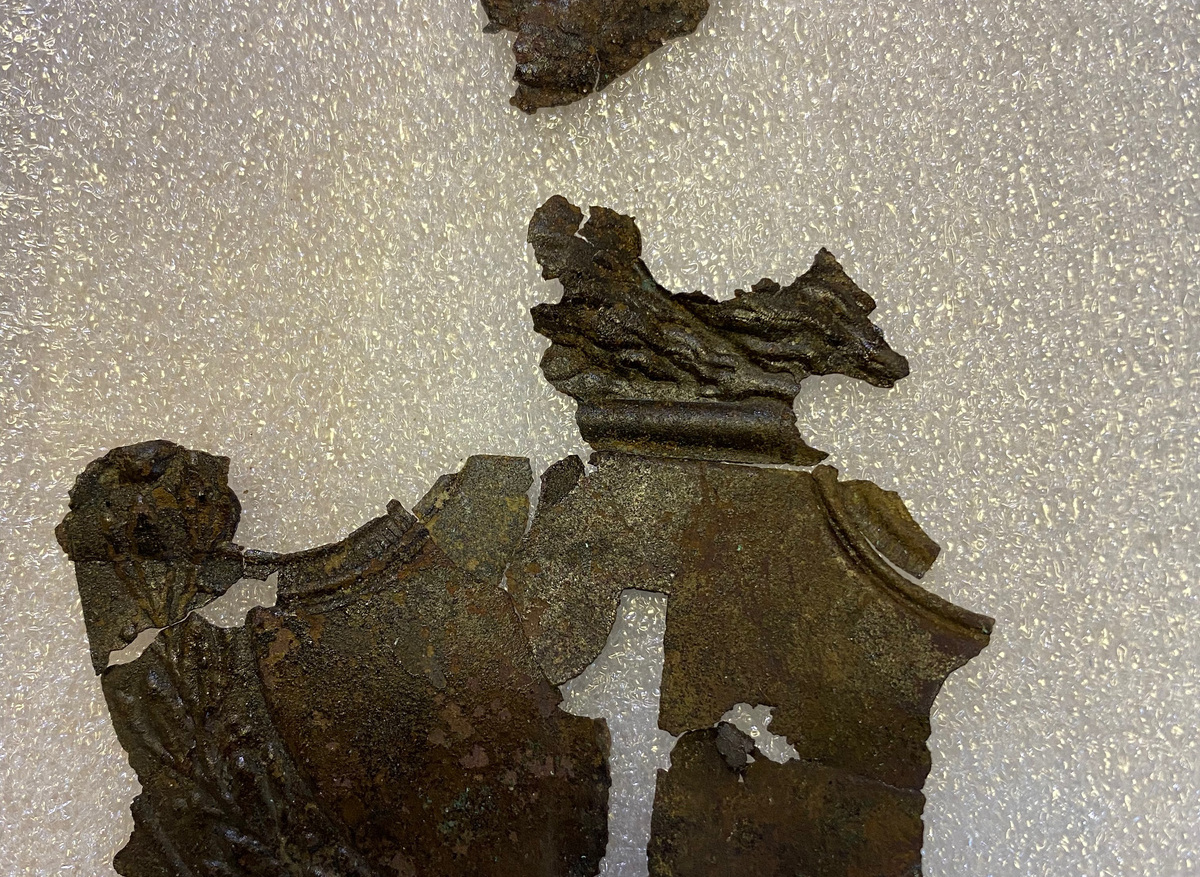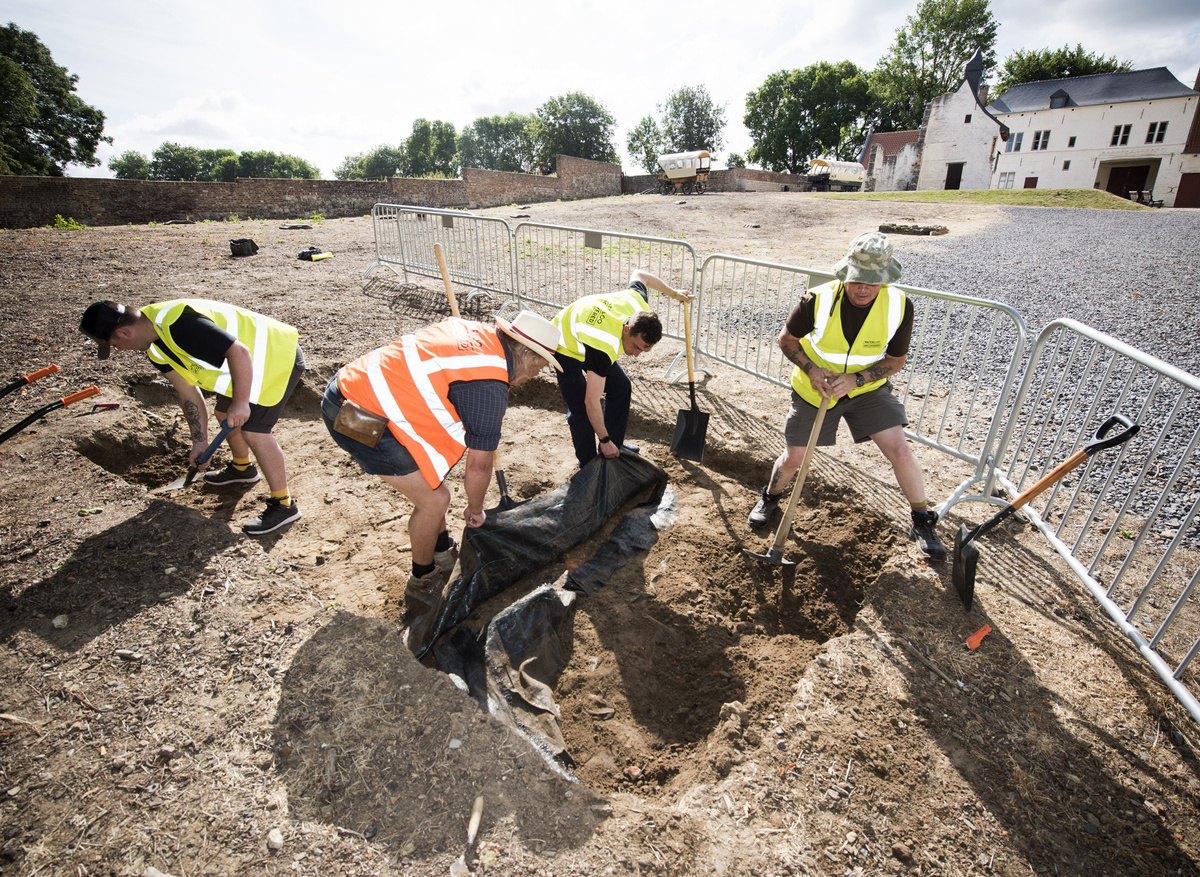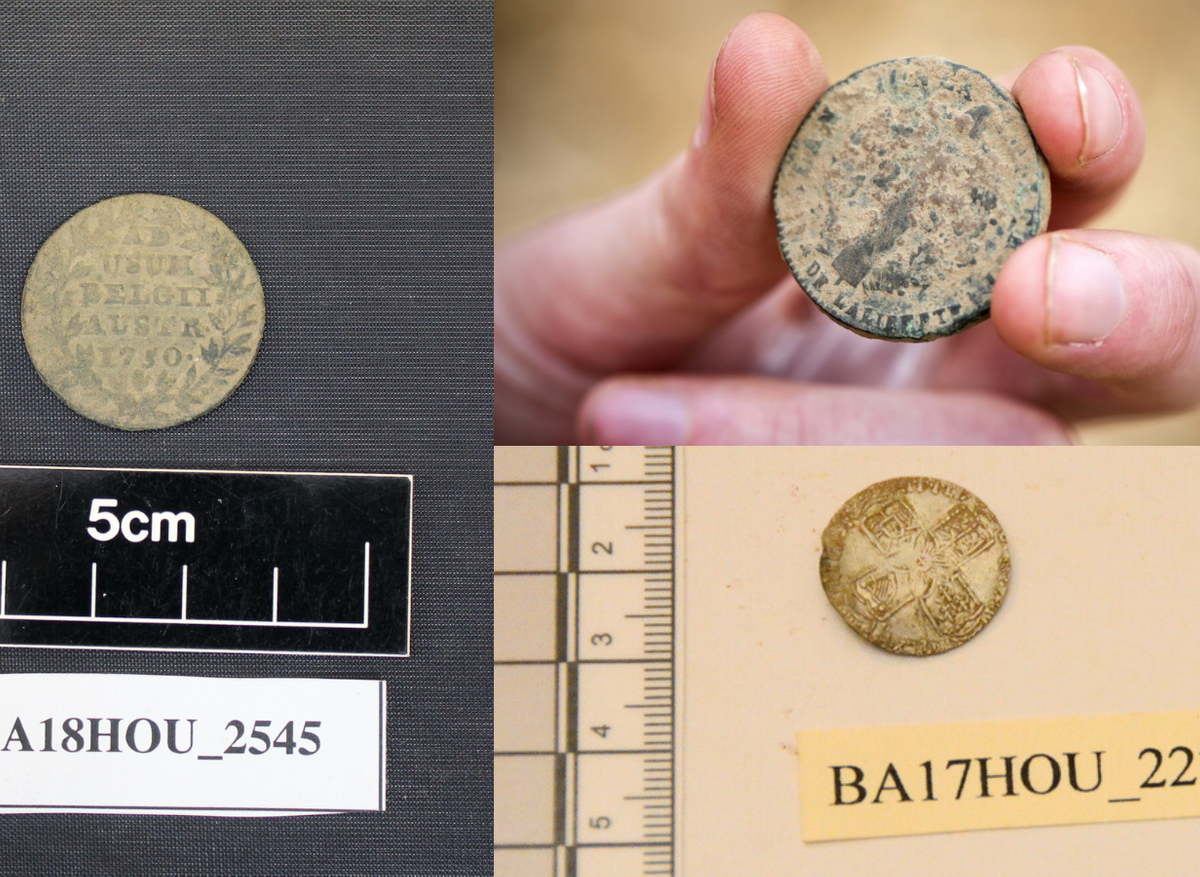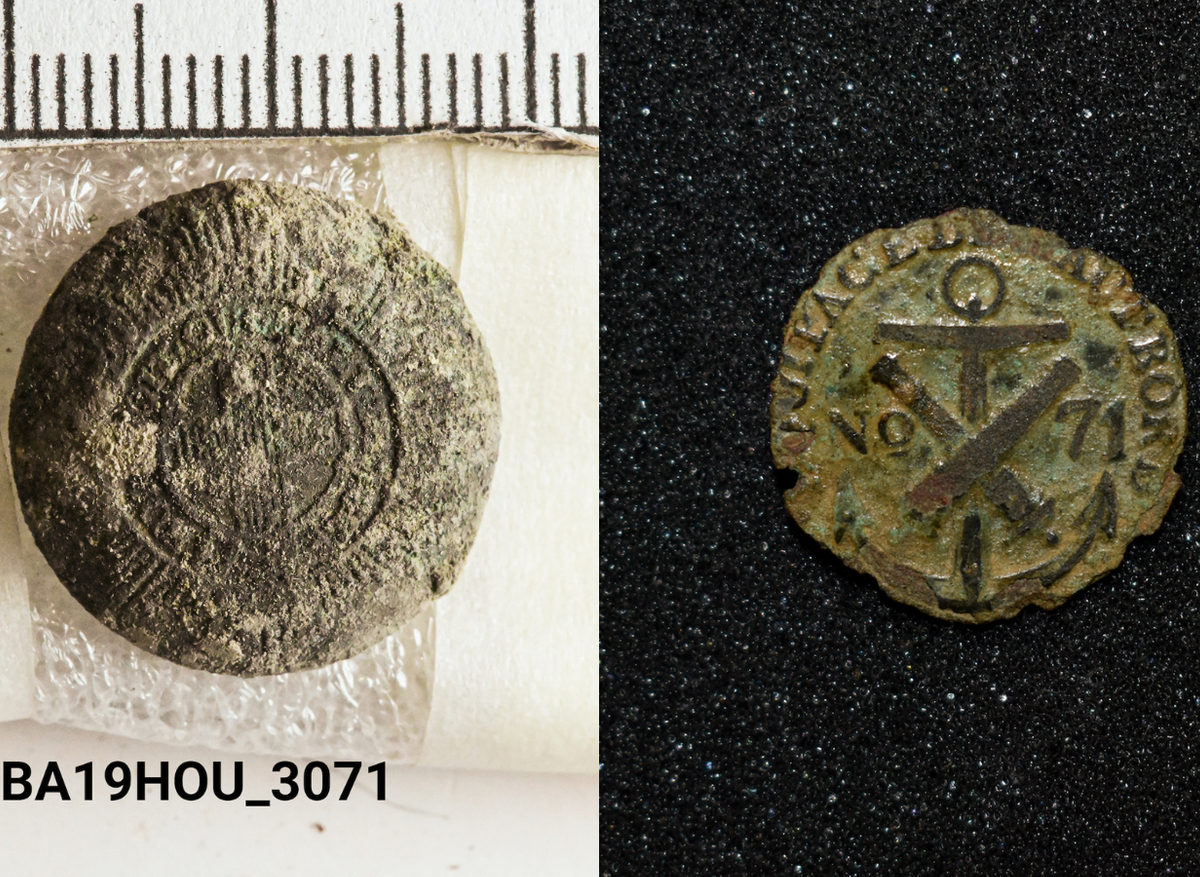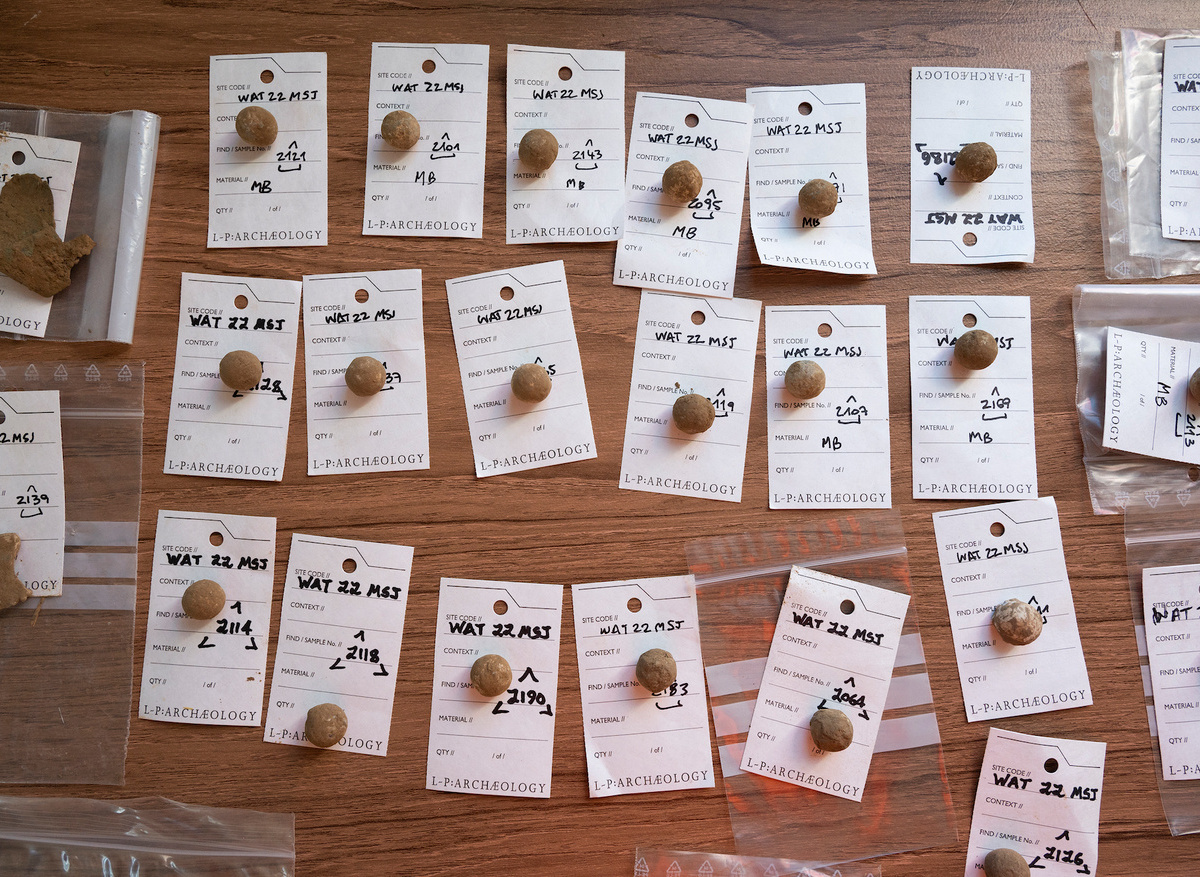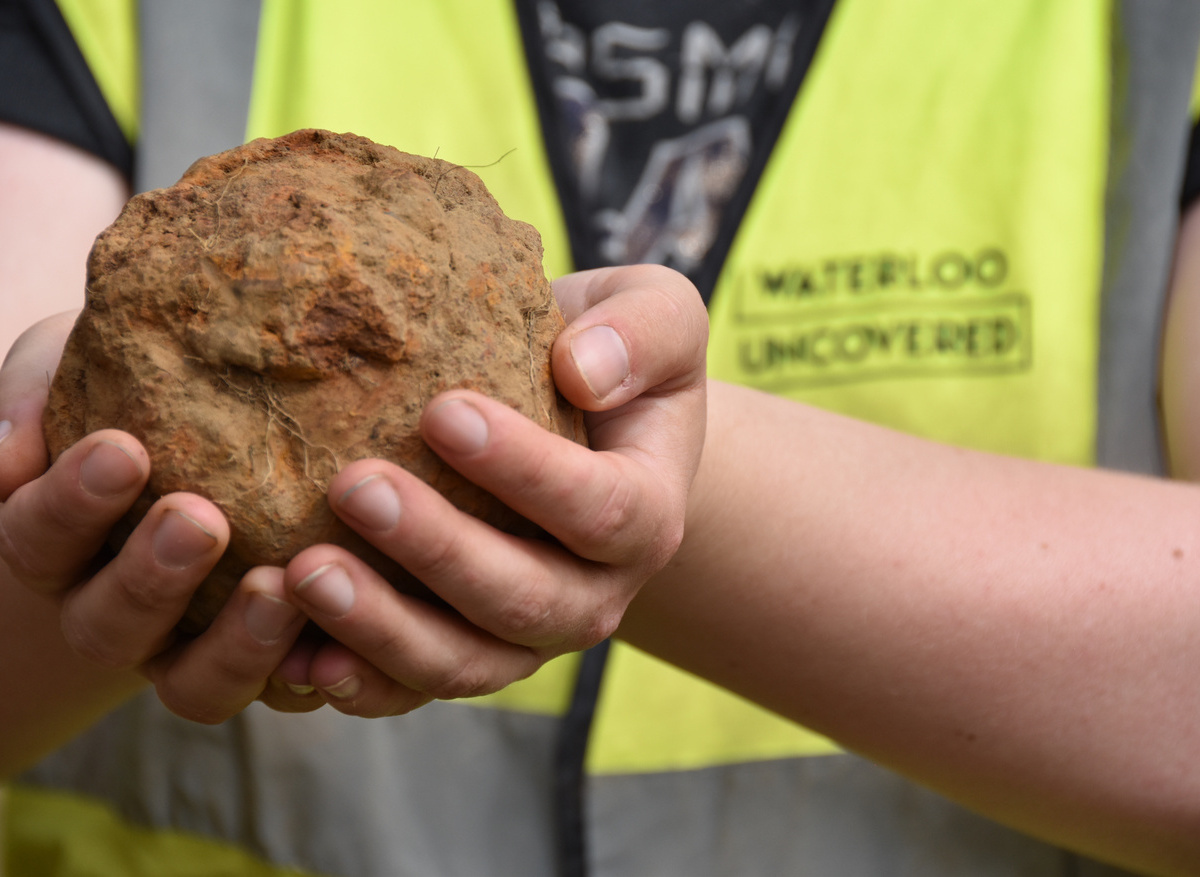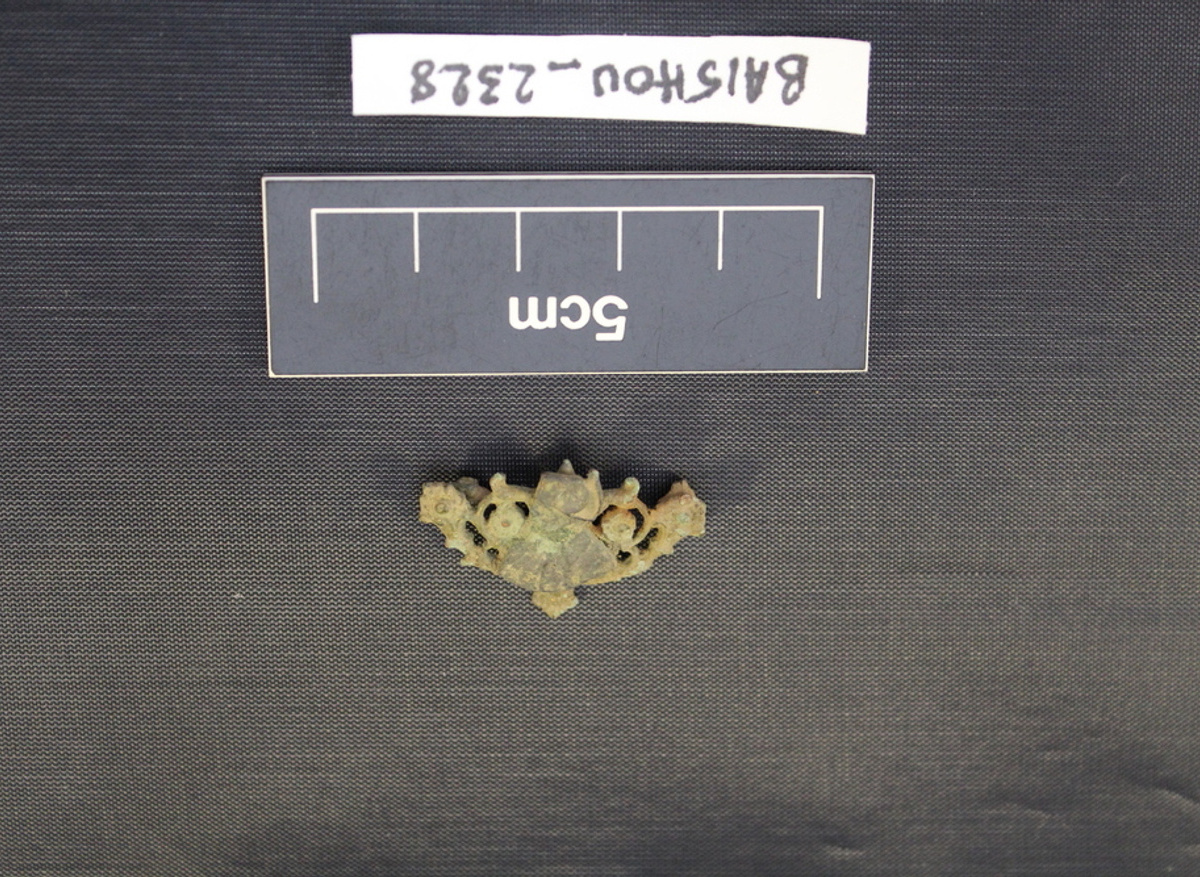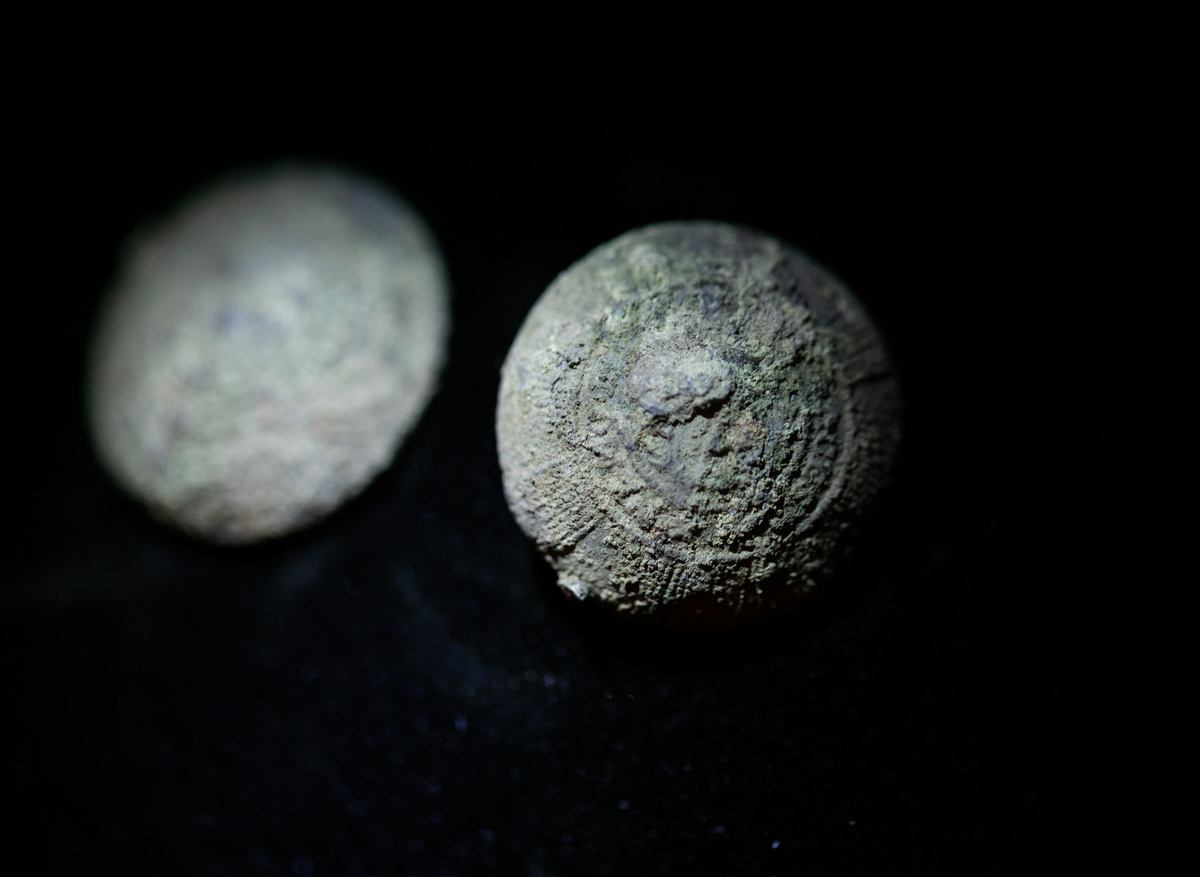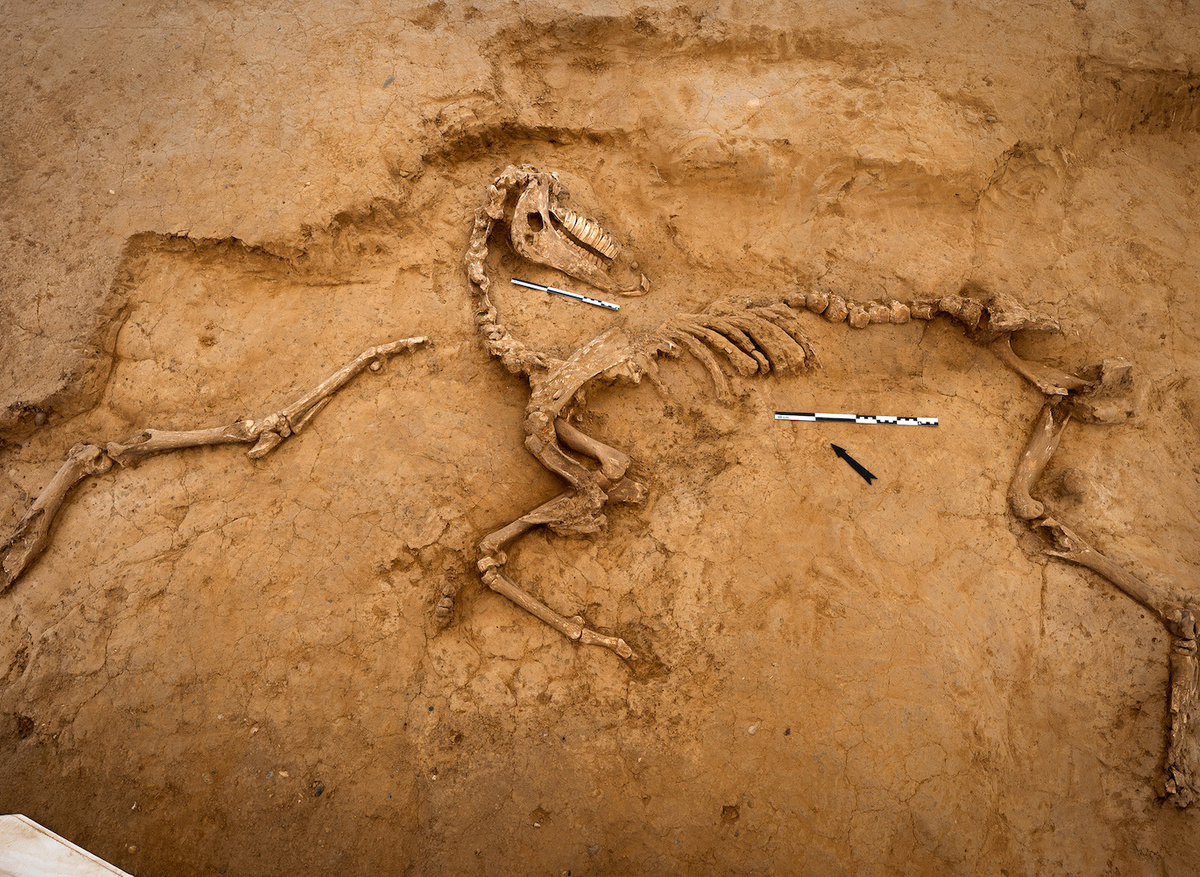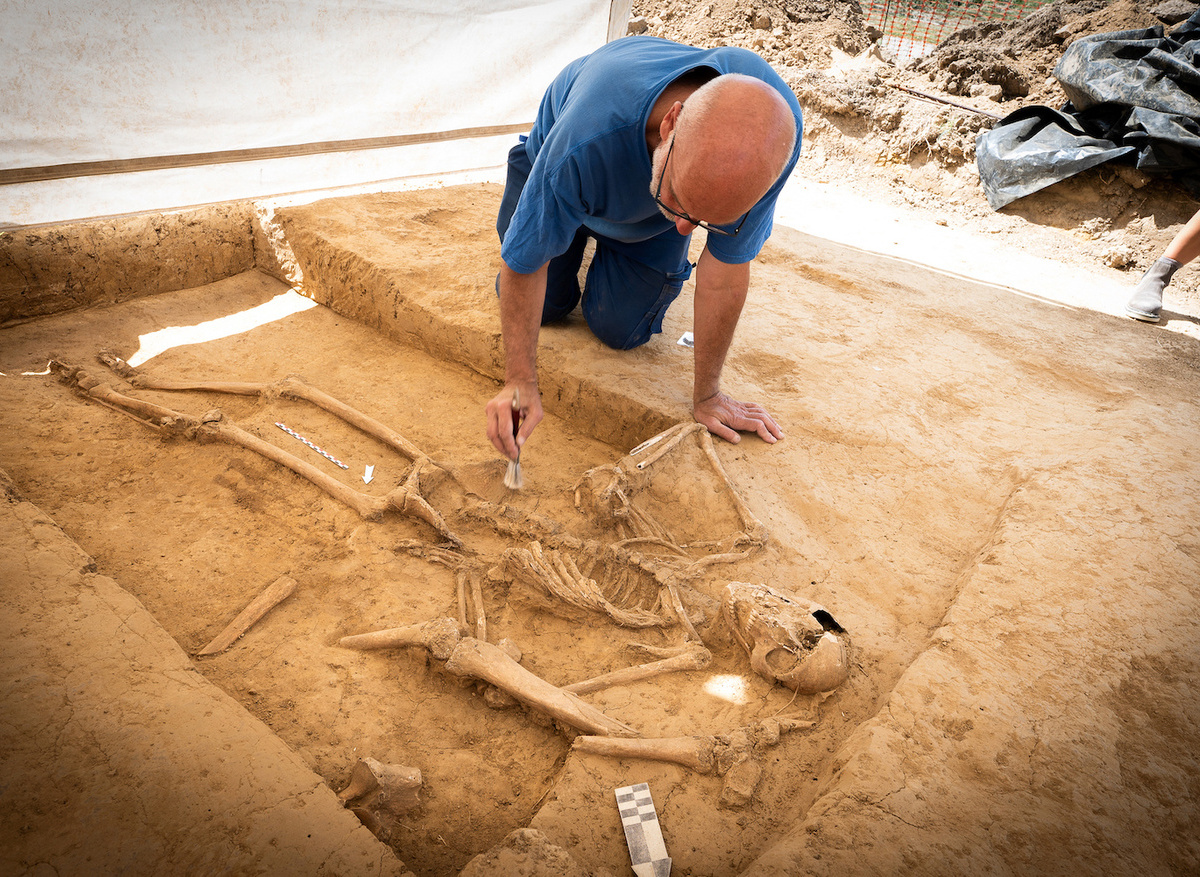June 18th, 2015 marked two hundred years since the Battle of Waterloo. The bicentenary was celebrated with a flurry of international celebrations, royally-attended memorial services, and the largest battle reenactment ever hosted on the Waterloo battlefield, in which 6,200 re-enactors, 330 horses and 120 cannons took part.
The revived significance of Waterloo also led to a newfound interest in the artefacts that survived the conflict. Amid an influx of traditional histories, Gareth Glover published ‘Waterloo in 100 Objects’; using artefacts to capture key moments of the battle and the wider events which surrounded it. From uniforms to, muskets and, maps to medals, each object is shown in brilliant detail and placed in a fascinating context.
The impressive survival of many of these artefacts is partially down to private collectors, who flocked to the battlefield within days of the battle to capture their own piece of history (see e.g. The Cotton Museum collection). Artefact trade quickly became a staple feature of the local economy, and guides scoured the earth looking for souvenirs to sell to well-paying tourists.
After 200 years of collecting, looting, and construction on the battlefield, you may wonder what was left to find at on the battlefield of Waterloo? Over the past decade, the veteran's charity Waterloo Uncovered has set out to answer this question. Working with a team of international archaeologists, modern veterans and serving personnel have excavated five key sites and unearthed over 6,500 finds to date. Many of these discoveries have fundamentally reshaped the story of one of history’s most well-documented conflicts.
Below is a list of ten discoveries that showcase almost ten years of archaeology undertaken by our veterans. These finds do not tell the stories of great commanders or triumphant victories. Rather they shed light on the true realities of conflict - a lived experience shared by veterans and serving military personnel from past to present. For many participants on Waterloo Uncovered’s Excavation Programme, archaeology has not only become a means to unearth the past, but an opportunity to find their own recovery through discovery.
10. Shako plate of the 1st Infantry Regiment (French Army)
A French shako plate discovered in the ruins of Hougoumont Farm in 2016. A shako plate is an ornamental piece of copper alloy which attached to the front of the military cap (shako). This shako plate shows the claws of the eagle, although the body has been lost, and the outline of a number 1, indicating that this shako belonged to a soldier of the First Regiment d'Infanterie de Ligne.
9. The archaeology of Hougoumont Farm
Since 2015, we have excavated several key sites at Hougoumont Farm (a fortified chateau on the right flank of Wellington’s line). Many of our discoveries have challenged traditional accounts of the battle for Hougoumont. In 2018, a trench team led by Time Team’s Phil Harding excavated the foundations of the ‘Great Barn’ destroyed during the battle. Phil’s team showed that the barn was much larger than previously thought. The forty French soldiers who entered the farm would have been likely bottlenecked between farm buildings, and exposed to heavy fire from the allied troops stationed within them.
8. Coins of Waterloo
A George III silver sixpence coin (1758-1788) and Austrian Netherlands 1 oord coin (1750). Other coins found on the battlefield include a French Republic 2 sous coin (1793). These coins were likely dropped by soldiers of the various armies present at Hougoumont. They serve as a powerful reminder of the international scale of Waterloo, and the soldiers from across Europe (British, Dutch, Hanoverian, Nassau & French) that fought and died at the farm on June 18th, 1815.
7. Buttons
Although common objects, buttons are highly important archaeological finds. Insignias can be used to identify specific regiments, and where they were positioned on the battlefield. Some of the buttons discovered at Waterloo may appear unusual at first glance. For example, a button of the 71st battalion of the French Imperial Navy, or a button from a Coldstream guardsman's ceremonial dress (discovered in the ruins of Hougoumont Farm), provide more questions than answers for future research!
6. Musket balls
Over 3,000 musket balls have been unearthed on the battlefield of Waterloo. Musket balls are made of lead which means they flatten on impact with hard surfaces. Each musket ball tells a unique story about who fired it, and where it was fired from. Overlaying the coordinates of each musket ball onto historic maps reveals where the heaviest fighting took place. The larger calibre of the Brown Bess musket (.75) compared with the Charleville musket (.69), means that British musket balls are slightly bigger than French musket balls.
5. Cannonball
A six-pound French cannonball discovered on the reverse slope near Mont-Saint-Jean Farm. The farm acted as Wellington’s field hospital on the battlefield, where many wounded soldiers were treated throughout the course of the day. The farm’s position on the frontline meant it also sustained heavy cannonfire and musket shot, and was a likely target for Napoleon’s infamous ‘Grande Batterie.’
4. Napoleon brooch
A mid-19th century brooch depicting Napoleon with floral decorations. This was likely a souvenir badge sold by local guides in the decades after the battle. The international significance of Waterloo meant it became a popular tourist site. For British visitors, visiting the battlefield was an act of patriotism. Battlefield tours also became an integral part of the local economy, and many battlefield relics were sold as souvenirs to paying customers.
3. Scots Guards Buttons
Two Scots Guards buttons discovered clasped together in the burnt ruins of Hougoumont. The discovery of the Scots Guards button highlights the valiant efforts of many allied regiments at Hougoumont, a collaboration made even more pertinent by the fact they were excavated by a serving Coldstream Guardsman Oliver Horncastle!
2. Horse skeleton
One of three horse skeletons discovered at Mont-Saint-Jean Farm. Over 60,000 horses were present at Waterloo, playing vital roles in cavalry and artillery units. It is impossible to know how many horses were killed or wounded (conservative figures estimate between 7000 - 20,000). With little veterinary intervention, most injured animals were euthanised via musket shot. A metal detector scan of this horse skeleton revealed a musket ball lodged in the skull of the animal.
1. Human skeleton
In 2022, a trench team excavating near Mont-Saint-Jean discovered our most significant find to date: a complete human skeleton. As only the second skeleton excavated on the battlefield, the discovery sparked wide scale media attention. More importantly, it offered a clue to one of the greatest mysteries in modern archaeology: where are the dead at Waterloo? In 2024, Waterloo Uncovered will return to Mont-Saint-Jean to answer this question. In doing so, we hope to better understand and pay further tribute to the 60,000 soldiers who were injured or killed on the 18th June, 1815.

